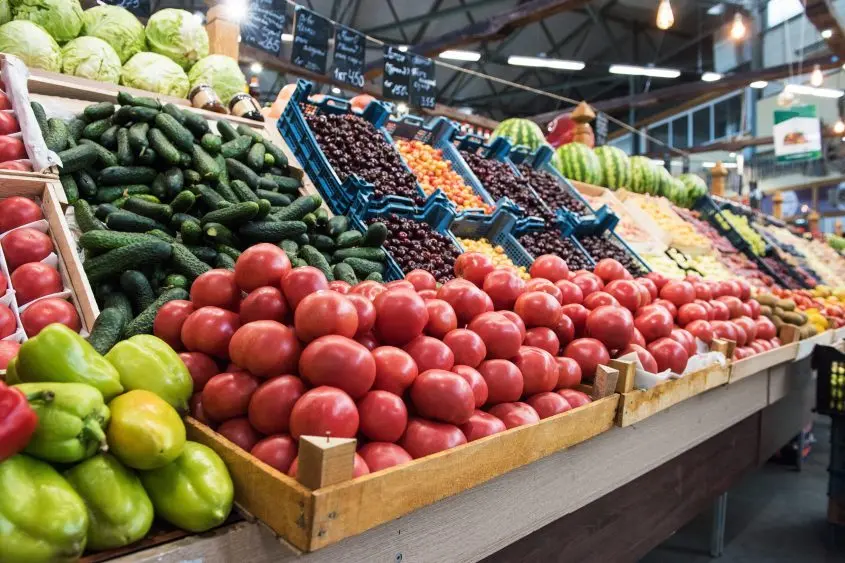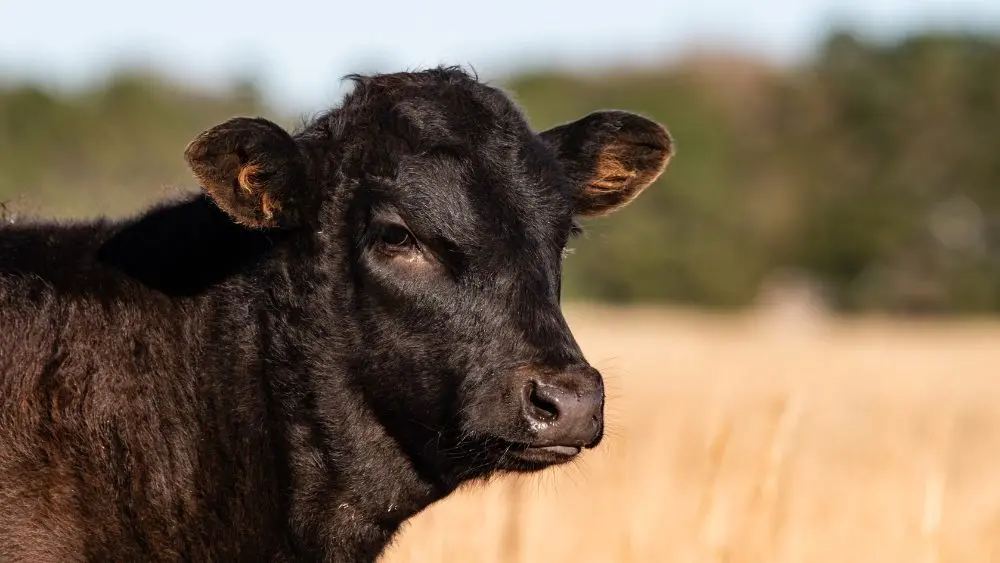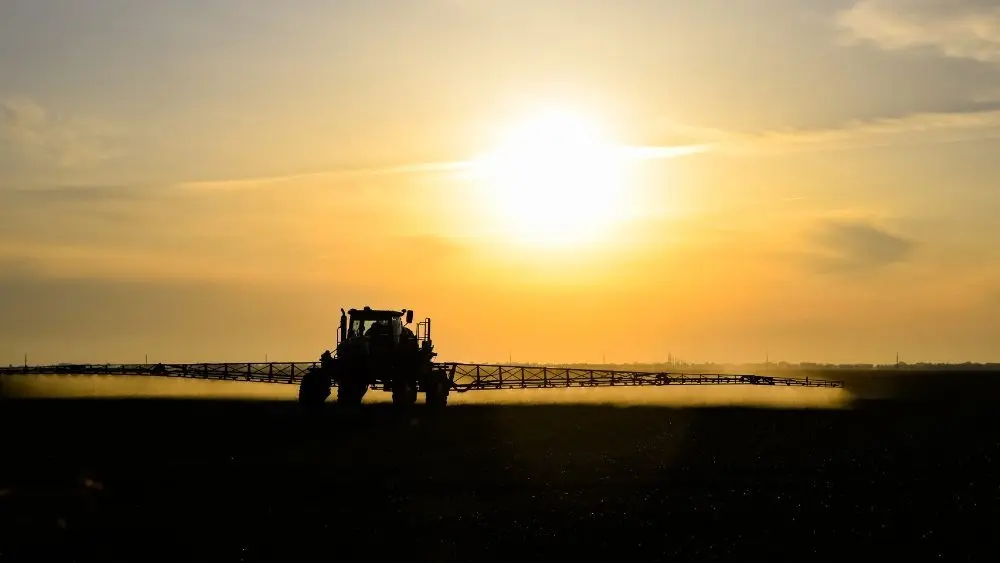
As the federal government shutdown stretches toward its fifth week, millions of Americans are bracing for what could become one of the largest disruptions in food assistance in decades. The U.S. Department of Agriculture has confirmed that November Supplemental Nutrition Assistance Program benefits will not be issued unless Congress passes new funding, warning that contingency reserves have been exhausted.
If lawmakers fail to act by November 1, SNAP payments will stop for more than 42 million Americans — including millions of children, seniors, and working families — and the ripple effects will reach deep into the nation’s food system, from rural communities and grocery stores to farmers, processors, and transporters.
Pressure Mounts on USDA and Lawmakers
The United Food and Commercial Workers International Union, representing 1.2 million grocery, retail, meatpacking, and food-processing workers across North America, has joined a growing chorus urging Agriculture Secretary Brooke Rollins to intervene. On Tuesday, the UFCW sent a letter to Rollins imploring her to use contingency funds and other USDA nutrition accounts to continue SNAP benefits through November.
“Food assistance programs make sure that millions of families can put food on the table each month,” said UFCW International President Milton Jones. “It’s not only helpful for families in need – it’s also an economic multiplier. Our entire food system – including UFCW members at grocery stores, meatpacking plants, and food processing plants across the country – benefits when SNAP families can buy groceries.”
Jones warned that an interruption in food assistance would have cascading consequences, both humanitarian and economic. “Rising costs at the grocery store already threaten household budgets, especially for low-income families. An interruption in food assistance will only make matters worse, and workers in meatpacking, food processing, and grocery could see a reduction in hours and wages if SNAP dollars aren’t available to be spent in their stores or on their products.”
The union insists that Secretary Rollins has the authority to act — pointing to the USDA’s recent decision to transfer funds from child nutrition programs to maintain Women, Infants, and Children (WIC) benefits during the shutdown. “SNAP should be no different,” Jones said. “The USDA must do the right thing and ensure all food assistance recipients receive their full benefit next month.”
UFCW has also launched a grassroots campaign calling on Congress to press USDA to restore funding, emphasizing that every SNAP dollar generates between $1.50 and $1.80 in economic activity supporting farmers, ranchers, truckers, manufacturers, and grocery workers.
States and Lawmakers Sound Alarm
At least 25 states and the District of Columbia have now filed lawsuits against the USDA, arguing that the agency has both the authority and the obligation to continue payments. The suits, led by state attorneys general, say the USDA’s refusal to release contingency funds violates federal law and endangers public welfare.
House Agriculture Committee Ranking Member Angie Craig of Minnesota issued a statement supporting the coalition of 26 attorneys general and denouncing the Trump administration’s handling of the crisis.
“Today, a coalition of attorneys general from across 25 states and the District of Columbia stood up for the 42 million Americans who rely on federal food assistance to keep food on their table every month,” Craig said. “I applaud their courage and principled stance against a lawless administration that is unilaterally depriving eligible American seniors, veterans, people with disabilities and children of food assistance. Enough is enough. President Trump and Agriculture Secretary Brooke Rollins must disburse the congressionally appropriated funds and use all available legal authority to ensure the most vulnerable members of our communities can keep food on their tables come November.”
Governors in several states have also announced emergency measures to blunt the impact. Connecticut has allocated $3 million in supplemental food-bank funding, while North Carolina, New York, and Minnesota have issued public advisories warning that SNAP households could see benefits suspended starting November 1.
Economists warn that a funding lapse would reach far beyond low-income households. According to USDA estimates, each month of delayed benefits could pull billions of dollars out of circulation in local economies, reducing retail activity, tax revenues, and transportation demand in rural counties.
“SNAP is not just a safety net for families — it’s a stabilizer for small-town economies,” said one policy analyst. “When that money disappears, the impact hits everyone from grocery cashiers to grain haulers.”
Food Banks Brace for Surge in Demand
In the Upper Midwest, hunger-relief organizations are mobilizing. The Great Plains Food Bank — North Dakota’s only food bank, serving communities across the state and Clay County, Minnesota — announced an emergency fundraising campaign to help offset the expected surge in food insecurity.
The campaign aims to raise enough funds to source and distribute an additional one million pounds of food in the coming weeks, focusing on families who may lose federal assistance.
“While the full impact of the shutdown is still unfolding, we know hunger doesn’t wait so we’re mobilizing early,” said Kate Molbert, interim CEO of the Great Plains Food Bank. “We’re preparing now for an increase in neighbors turning to us for help, including families who rely on SNAP to feed their children, federal employees missing paychecks, seniors on fixed incomes, and others whose budgets are already stretched thin.”
If the shutdown continues past October 31, more than 48,000 North Dakotans and 440,000 Minnesotans could see their SNAP benefits paused. Even if the government reopens before then, Molbert said, “federal workers and contractors have already missed paychecks, and the financial ripple effects will continue for months.”
“Our network of 196 partner food pantries, shelters, and meal programs are already serving record numbers of people,” Molbert said. “Without federal nutrition programs like SNAP functioning, it’s impossible for food banks alone to fill that gap. Our role is to make sure no one faces hunger alone. We will stretch resources as far as possible, get food where it’s needed most, and make sure every family living in rural communities, urban centers, and on tribal lands are treated with dignity and compassion.”
The Great Plains Food Bank is ramping up food sourcing — prioritizing high-demand staples such as fruits, vegetables, and proteins — while expanding mobile food pantry operations and pop-up distributions in the hardest-hit areas, including communities with high numbers of veterans, federal employees, and working families living paycheck to paycheck.
“This is a moment for our community to stand together,” Molbert said. “Every dollar, every donated food item, every helping hand makes a real difference. When we act quickly and compassionately, we can make sure our neighbors don’t have to choose between paying for medicine, rent, or heat, and putting food on the table.”
Donations and volunteer sign-ups are available through the organization’s website at GreatPlainsFoodBank.org. Every dollar raised provides food for two meals for local families.
Growing Anxiety Across Rural America
In farm country, the implications stretch beyond the immediate question of food access. Many small-town grocers, local food processors, and trucking operators depend on the steady flow of SNAP spending that keeps shelves turning and inventory moving. A freeze in benefits could lower grocery traffic, tighten margins, and ripple through the rural supply chain — particularly in areas already struggling with population loss and high food costs.
Farmers and ranchers are also watching closely. While SNAP is not a farm program, its stability directly affects demand for U.S. agricultural commodities. Lower grocery purchases can translate into slower turnover of meat, dairy, and grain-based products, which in turn influences demand for livestock feed and raw materials.
With Thanksgiving less than a month away, food industry groups, state officials, and hunger-relief organizations are pleading for immediate action to prevent widespread disruption. “The federal government shutdown is not an abstract political fight,” one food retailer said. “It’s about whether families can afford to eat and whether stores in rural America can keep their doors open.”
The Road Ahead
Whether SNAP funding can be restored in time depends largely on negotiations in Washington. Lawmakers are debating a short-term continuing resolution that would reopen the government, but so far, talks remain deadlocked. Meanwhile, the states’ lawsuit against the USDA could force emergency relief if the courts agree that the agency retains authority to reallocate funds.
A court ruling or a last-minute funding deal could determine whether SNAP payments reach families in time for November. Until then, uncertainty reigns. For millions of households, the prospect of losing food benefits just as temperatures drop and holiday costs rise is an unsettling reminder of how fragile the social safety net has become. For food banks and community organizations, it’s a race against time to keep shelves stocked.
As UFCW President Jones put it: “SNAP isn’t charity. It’s infrastructure. When it fails, the whole food system feels it.”



